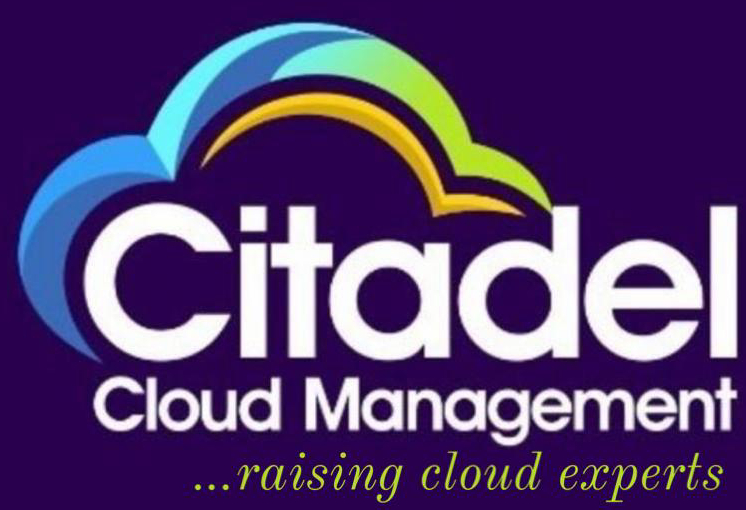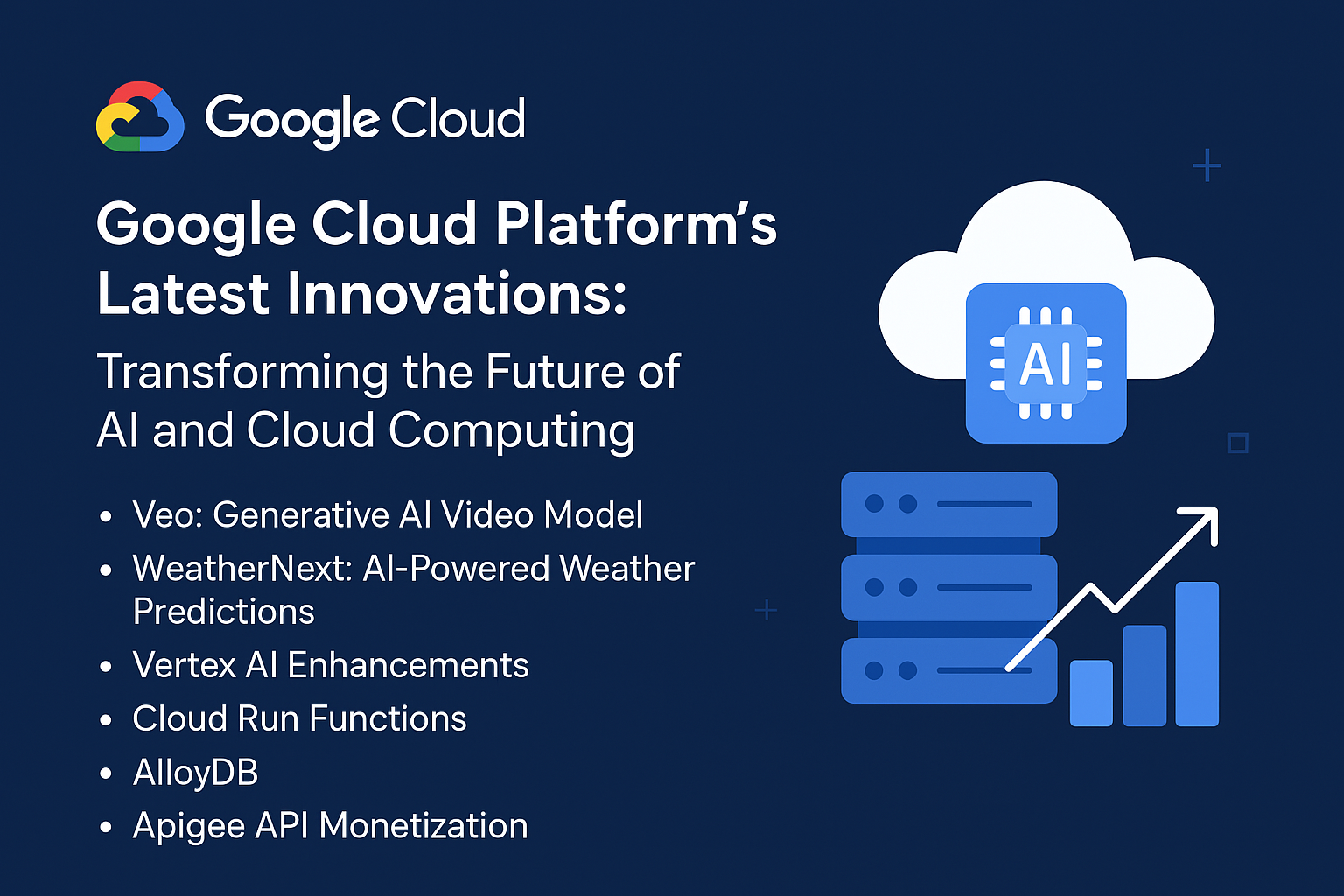In today’s data-driven world, the ability to leverage data analytics and data visualization is crucial for businesses aiming to make informed decisions. By understanding and interpreting data effectively, companies can gain valuable insights, enhance their strategies, and achieve a competitive edge. This blog post delves into the importance of data analytics and data visualization in business decision-making, exploring various techniques and tools that can be utilized to harness the power of data.
Understanding Data Analytics
Data analytics involves the systematic computational analysis of data. It is used to discover patterns, correlations, and trends that can inform business decisions. There are several types of data analytics, each serving a distinct purpose:
1. Descriptive Analytics
Descriptive analytics focuses on summarizing historical data to understand what has happened in the past. It involves the use of key performance indicators (KPIs), metrics, and dashboards to provide a clear picture of past performance.
2. Diagnostic Analytics
Diagnostic analytics goes a step further by examining historical data to determine why certain events occurred. It involves drilling down into data to uncover the root causes of trends and anomalies.
3. Predictive Analytics
Predictive analytics uses statistical models and machine learning algorithms to forecast future outcomes based on historical data. This type of analytics helps businesses anticipate trends and make proactive decisions.
4. Prescriptive Analytics
Prescriptive analytics provides actionable recommendations based on data analysis. It uses optimization and simulation techniques to suggest the best course of action for achieving desired outcomes.
The Role of Data Visualization
Data visualization is the graphical representation of data, allowing complex information to be communicated clearly and effectively. Visualization tools transform raw data into visual formats such as charts, graphs, and maps, making it easier for decision-makers to comprehend and analyze the information.
1. Enhancing Comprehension
Visualizations simplify complex data sets, enabling stakeholders to grasp insights quickly. By presenting data visually, businesses can convey trends, patterns, and correlations more effectively than through text or tables alone.
2. Identifying Patterns and Trends
Visualization tools help identify patterns and trends that might not be apparent in raw data. For instance, a time-series graph can reveal seasonal variations in sales, while a heat map can highlight areas of high customer engagement.
3. Improving Communication
Visualizations facilitate better communication of data-driven insights across the organization. Interactive dashboards and reports allow team members to explore data and gain a shared understanding, fostering collaboration and informed decision-making.
Key Tools and Techniques
To leverage data analytics and visualization effectively, businesses can utilize a variety of tools and techniques. Here are some popular options:
1. Data Analytics Tools
- Excel: A widely-used tool for basic data analysis, offering functions and pivot tables for summarizing data.
- R and Python: Programming languages that provide powerful libraries for statistical analysis and machine learning.
- SQL: A language used for querying and managing databases, essential for extracting and manipulating data.
- Tableau: A leading data visualization tool that connects to various data sources and offers interactive dashboards.
2. Data Visualization Tools
- Power BI: A Microsoft tool that integrates with Excel and other data sources to create interactive visualizations.
- D3.js: A JavaScript library for producing dynamic, interactive data visualizations in web browsers.
- Google Data Studio: A free tool that turns data into informative, customizable reports and dashboards.
- Qlik Sense: A self-service data analytics platform that supports a range of visualization options.
Implementing Data-Driven Decision Making
Implementing data-driven decision-making requires a strategic approach. Here are key steps to consider:
1. Define Objectives and Key Metrics
Clearly define your business objectives and identify the key metrics that will help measure progress. This ensures that your data analytics efforts are aligned with your strategic goals.
2. Collect and Integrate Data
Gather data from various sources, including internal systems, external databases, and third-party platforms. Integrate this data to create a comprehensive dataset that provides a holistic view of your business.
3. Clean and Prepare Data
Ensure data quality by cleaning and preparing the dataset. This involves removing duplicates, handling missing values, and standardizing formats to ensure consistency and accuracy.
4. Analyze Data
Use analytical tools and techniques to explore the data and extract insights. This could involve running statistical analyses, building predictive models, or using machine learning algorithms.
5. Visualize Insights
Create visualizations that effectively communicate your findings. Choose the appropriate type of visualization for your data, whether it’s a bar chart, line graph, scatter plot, or another format.
6. Make Data-Driven Decisions
Use the insights gained from your analysis and visualizations to inform your decision-making process. Ensure that decisions are based on data rather than intuition or guesswork.
7. Monitor and Refine
Continuously monitor the outcomes of your decisions and refine your strategies as needed. Use feedback loops to ensure that your data-driven approach remains effective and responsive to changing conditions.
Challenges and Solutions
While leveraging data analytics and visualization offers significant benefits, it also presents challenges. Here are some common challenges and their solutions:
1. Data Quality Issues
Poor data quality can lead to inaccurate insights and misguided decisions. Implement data governance practices to ensure data accuracy, consistency, and completeness.
2. Data Silos
Data silos occur when data is isolated in different departments or systems, preventing a holistic view. Use data integration tools and practices to break down silos and create a unified dataset.
3. Lack of Skilled Personnel
A shortage of skilled data analysts and data scientists can hinder your analytics efforts. Invest in training and development programs to build internal capabilities and consider partnering with external experts.
4. Resistance to Change
Organizational resistance to adopting data-driven approaches can be a barrier. Foster a data-driven culture by demonstrating the value of data analytics and providing support and training to employees.
FAQs
Q1: What is the difference between data analytics and data visualization?
Data analytics involves the process of examining data to uncover patterns, trends, and insights, while data visualization is the graphical representation of data to make the information more accessible and understandable. Both are complementary, with analytics providing the insights and visualization helping to communicate them effectively.
Q2: How can small businesses benefit from data analytics and visualization?
Small businesses can benefit from data analytics and visualization by gaining insights into customer behavior, optimizing operations, and making informed decisions. Affordable tools like Excel, Google Data Studio, and Power BI can help small businesses leverage data effectively without requiring significant investment.
Q3: What skills are needed to leverage data analytics and visualization?
Key skills include proficiency in data analysis tools (such as Excel, R, Python), knowledge of data visualization tools (such as Tableau, Power BI), understanding of statistical and machine learning techniques, and the ability to interpret and communicate data insights.
Q4: How can data visualization improve business communication?
Data visualization improves business communication by presenting complex data in an easily understandable format. Visual representations like charts, graphs, and dashboards help convey insights clearly, enabling stakeholders to grasp key information quickly and make informed decisions.
Q5: What are some common challenges in implementing data-driven decision making?
Common challenges include data quality issues, data silos, lack of skilled personnel, and resistance to change. Addressing these challenges involves implementing data governance practices, integrating data from various sources, investing in training, and fostering a data-driven culture within the organization.
Q6: Can data analytics and visualization be used in all industries?
Yes, data analytics and visualization can be applied across various industries, including retail, healthcare, finance, manufacturing, and more. Each industry can leverage data to gain insights, optimize processes, and make data-driven decisions that enhance performance and competitiveness.
Conclusion
Leveraging data analytics and data visualization is essential for modern business decision-making. By understanding the different types of data analytics, utilizing appropriate tools and techniques, and implementing a data-driven approach, businesses can uncover valuable insights, improve communication, and make informed decisions. Overcoming challenges and fostering a data-driven culture will ensure that organizations can fully harness the power of data to achieve their strategic objectives.

